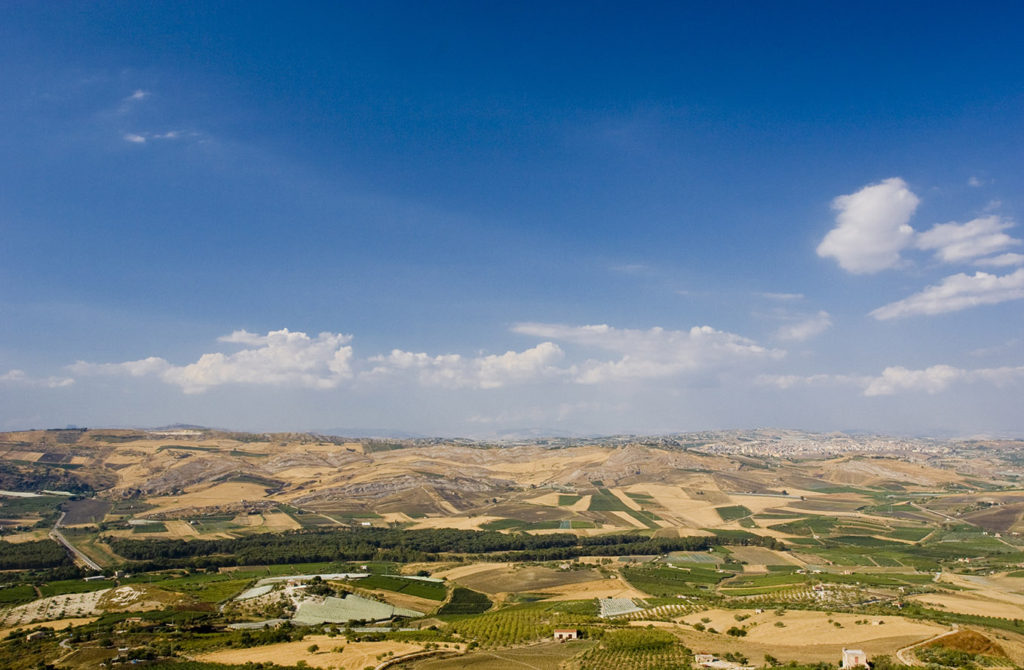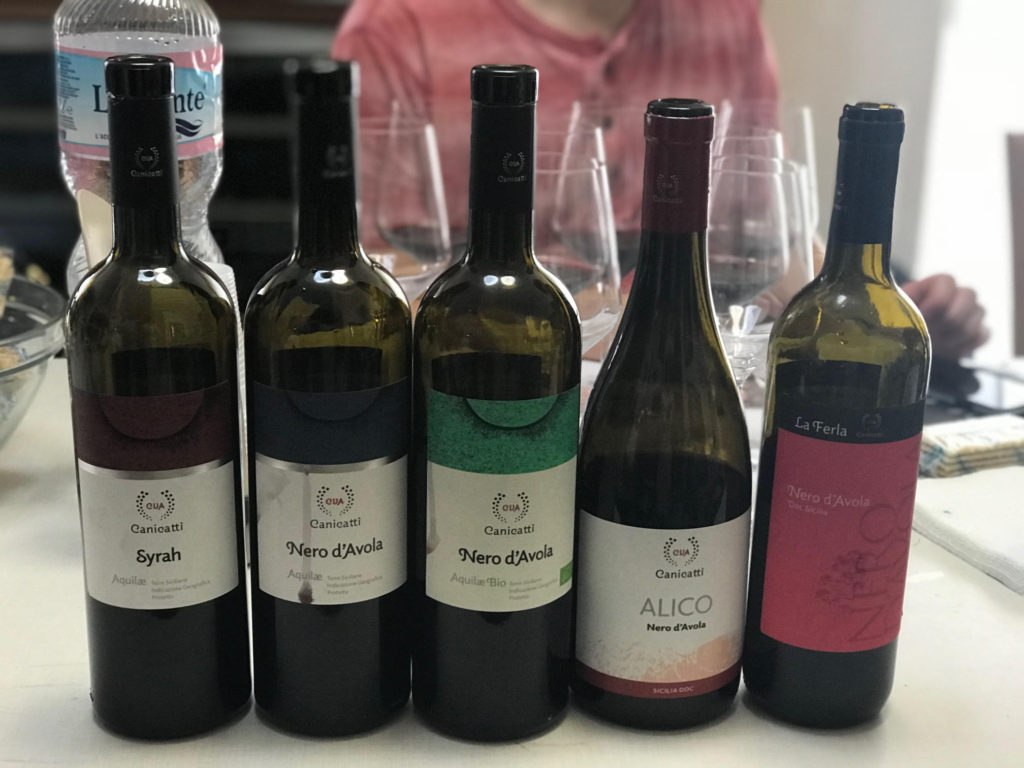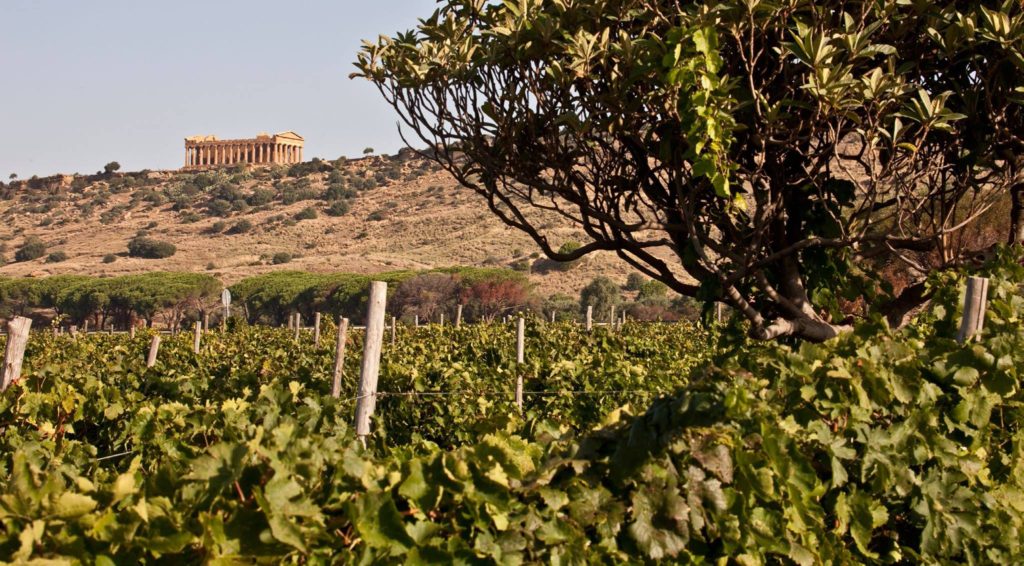Strikingly familiar yet entirely alien, Italy holds the keysto my heart for many reasons. Like India, Italy is steeped in an equallyimpressive history, rich with pristine palaces and holy sites.
Both India and Italy’s regional identity and diversity is ascomplex as the mandarin language. While India swaggers ethnic diversity with it’s29 states and 7 union territories, where each region boasts an exclusively distinctlanguage, cuisine, including type of attire, not to mention the birthplace of severalmajor religions (Hinduism, Buddhism, Sikhism).
Italy is blessed with all shades of grapes – white, red,black, grey, which regardless of their style or price, are Italy’s natural treasures.Did you know Italy’s National Registry of Grapes boasts 461 official grape varieties, 377 of which are geneticallydifferent Native grapes.
Despite the 7,466 km distance, what they have in common, is a dynamic mix of old and new, an intoxicating blend of rich heritage and burgeoning modernization. Take Sicily for example. It’s home to antiquated archeological marvels, the highest number of UNESCO sites, including Valle dei Templi (Valley of the Temples, 5th & 6th BC example of Greek architecture), which is also home to the vines of “Diodoros” – a evocative project between the park and CVA Canicatti, that unites Sicily’s sustainable past and present via a glass of wine.

Like India, Sicily could very well be considered the Mediterraneancrown jewel. Occupied by the Phoenicians, Byzantines, Arabs, Romans to theCatalans, Sicily’s cultural cornucopia is aptly evident through its Siciliancuisine. Where Italian ingredients – tomatoes, sea food, pasta is as reverentlycelebrated as Arab couscous, cinnamon, oranges, almonds, and Greek influence – olives,fennel, rosemary.
Blessed with unique soil compositions formed during ancienttimes, diverse meso-climates, Sicily also sports a plethora of fine nativegrapes such as the reds of Nero d’ Avola, Nerello Mascalese, Nerello Cappucio,Frapatto to the vibrant whites – Carricante, Grillo, Inzolia, Cataratto, MoscatoAlessandria (Zibbibo), and Malvasia Lipari.
Even though historically, Sicily was renowned for sweetwines (14th century onwards), and for the past 200 years for one ofItaly’s most famous wines – fortified wines of Marsala. Today, thanks toadvances in scientific and viticulture technology, Sicily has shifted it’sfocus on producing dry, varietally expressive, wines, both red and white frominternational super stars and local unsung heroes, earning Sicily the title of thehottest and upcoming wine region of Italy.
Speaking of wine, I can’t get my 2 kids to agree on where to eat, imagine compliance from 300 growers whose livelihood depends on it, which brings us to our guest of honor of this article – CVA Canicatti.

Cantina Sociale or Cantina Cooperatives arebig players in the Italian wine world, just like their European counter parts –France, Spain, Germany. Like France, more than half of all Italian wine comesfrom cooperatives.
By pooling viticulture,wine making, marketing, and financial resources for one collective purpose – toproduce terroir-driven wines while preserving mother nature, these cooperativesin turn are able to transfer these advantages to us consumers by offering winesof unbeatable value and quality.
On a global scale, there is – social, economic, and environmental sustainability. Cooperatives such as CVA Canicattì not only promote local economy by supporting jobs for all aspects of wine production – from growing grapes to bottling wine. Like my Italian mentor Dr. Ian d’ Agata, they are protectors of their historic land and It’s rich bounty – indigenous grapes that call Sicily home for 2,500 plus years.
It’s thanks to co-ops that many prime and historic vineyard land in Germany, France, Italy, Spain, have not been abandoned, and today are a delicious source of distinctly expressive wines with a sense of place. The sense of place – comes from respecting what Mother Earth provides us. And there is no better place than Italy and Italians who respect and preserve it.

Quality is not only paramount to CVA Canicatti, it directly corresponds to their identity. Under the astute leadership of president Giovanni Greco, strict production regulations have been implemented, and the result – the co-op condensed from 480 to 300 growers, who as a community embrace these guidelines to maintain integrity and quality.
Combined with the passionate efforts of their wine maker Angelo Molito, steward of CVA since it’s conception 1969. That’s 49 vintages, 49 years of wine making in one place. Now that kind of commitment and dedication to quality is hard to beat.

Speaking of quality, regardless of price, what should you expect from a well-made, high quality wine?
Varietal Expression: Just like us human beings, grape vines have distinct DNA, which translates into specific flavors and aromas associated with a particular grape. Nero d’ Avola grapes should exude bright red cherries, woody herbs such as rosemary and thyme, pepper and gamey notes. While the local white grape Grillo exhibits crisp lemon, ripe green tree fruits, grassy aromas (Sauvignon blancish). With Cataratto, I think of tropical fruits (banana, pineapple), savory thyme or sage, ripe citrus, and butter.
Integration: How do the components of a wine – fruit, acid, tannin, alcohol balance each other? A well made wine should be precisely that – a lip smacking example of ripe fruit, juicy acid, smooth tannins, complimented by medium level alcohol (12-13% abv). It should not burn your throat (super high alcohol), nor should any one component dominate, be it oak or fruit. Who wants your tongue to taste like sand paper (over extraction of tannins or oak)?
Complexity: How intense are the flavors? Will the wine evolve in the bottle? Does it exhibit enough body to transcend to secondary and teritary flavors – such as roasted nuts, dried fruit, earthy, mushroom, leather notes? How long is the finish – does it linger on for minutes? Does the wine transport you to a certain place? The more concentrated and expressive the wine is, the higher is its quality.

Good wine is a wine free of faults, it exhibits balanced fruit, sugar, acid, and tannins. It expresses purity of fruit, complexity, depth, and a lingering finish.
CVA Canicatti offers you precisely this, and more!
CVA Canicatti wines are flexible and versatile. They are approachable in their youth as every day, easy drinking pleasers, to CRU wines that have potential to age with grace, gaining in complexity such as Diodoros, Aynat, Centuno, Calio, Scialo, Fileno, Delicio, Satari, including our favorite, the organic and alive Grillo and Nero d’Avola and a late harvest Sciuscia for those wine lovers that enjoy a bit of sweetness and strength.

Wine is not elitist. Like water and bread, it should be accessible, approachable to all, to share. After all, the best memories are those we create around the dinner table. And Italian wines, incontestably belong on the table.
For all you thrill seeking souls and like minded geeks, I implore you to change the paradigm of your mind. Let’s look beyond the self limiting price tag, as Sicily offers a gamut of mouth-watering, food-friendly, wallet-loving, world class wines, waiting to be appreciated.
Mille grazie to Gran Via, and especially Mr. Salvatore – you set the gold standard for press trips. Deepest gratitude to each and every person who unraveled Sicily’s wonders for us.


1 thought on "It’s not in Numbers, Sicily’s Strength in Wine Lies in it’s Unity!"
Comments are closed.